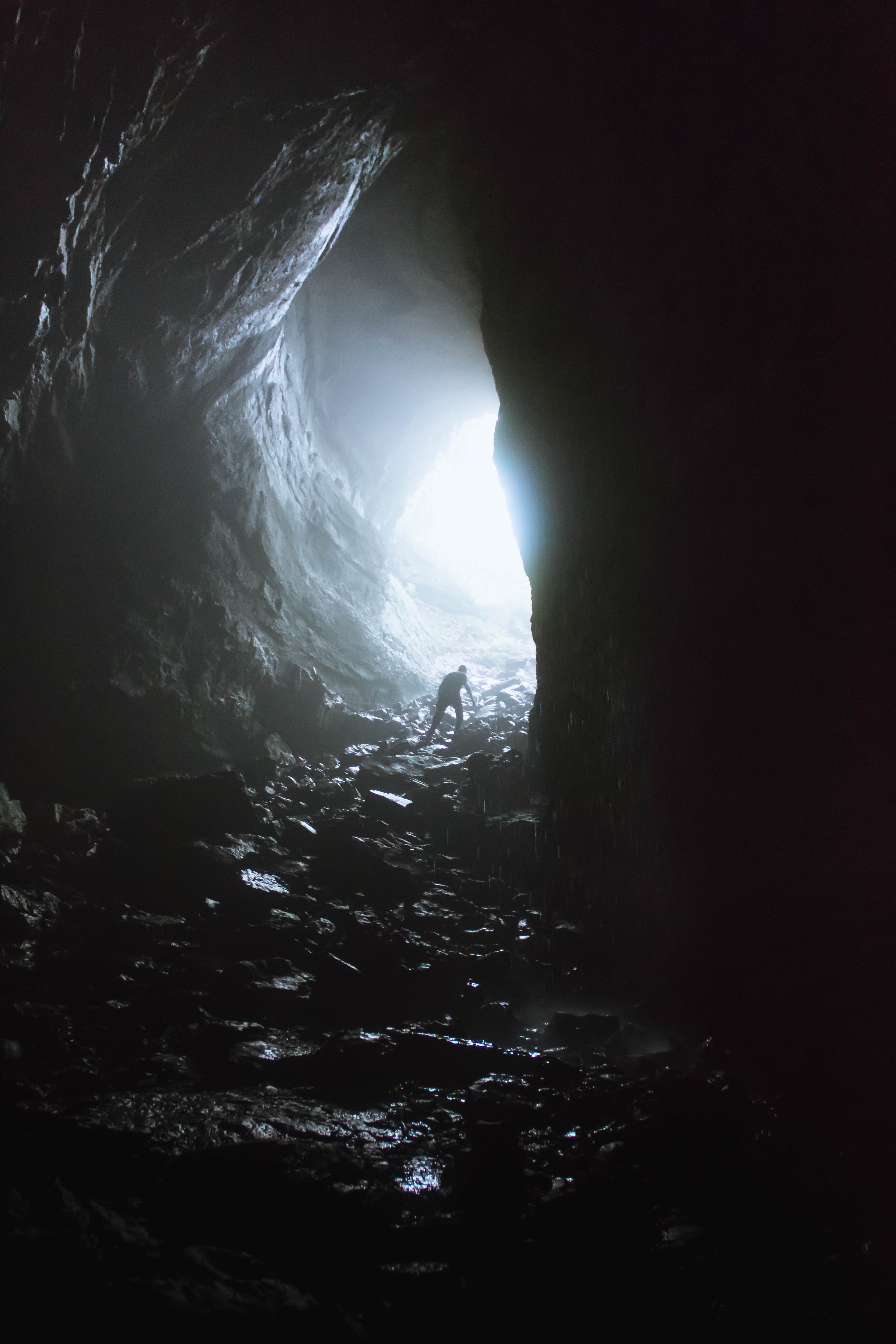There are at least a billion people on this planet today who are directly affected by disability, and many more besides when their families, friends, and colleagues are taken into consideration. Disability – and the structures that create it – really matters. It may be marginalized, but it is hardly a minority experience. As disability studies scholars have compellingly illustrated, the concept of disability is underpinned by a range of assumptions about the form and function of bodies – the ‘normal’, ‘able’, and their opposites – and the world these ‘misfitting’ bodies inhabit. Such assumptions are always a matter of perspective and they have histories of their own. They reflect value systems which, historically, have had profound material effects, generating and entrenching maginalisation.
The AHRC Leadership Fellowship, ‘Dark-dwellers as more-than-human misfits’, investigates whether these historically contingent value systems transcend the human world and proposes that historians need to pay attention to the broadest application of concepts relating to disability such as ‘ability’, ‘normativity’, ‘vulnerability’ and ‘adaptation’ and to the material impacts of such classifications on bodies and the worlds that they inhabit. They need to understand how dominant groups – in this case human beings – imagined and dealt with all kinds of ‘differently-abled’, bodies that appeared to inhabit the world in strange and incongruous ways. In sum, they need to ask new questions of the past in order to better understand the discursive foundations of disability as an imposed identity and the allied impacts of those systems on living beings.
Through this leadership fellowship I will develop an agenda for future interrogations of disability’s intersection with environmental history and histories of human-animal relations. To do this, I focus on nineteenth- and twentieth-century British and North American natural history discourses relating to animals adapted to living and seeing in the dark. These are the creatures who spend most of their lives beyond our sight and living in ways that we struggle to comprehend. The period 1840-2000 captures key moments in the emergence and development of natural historical knowledge relating to these kinds of animals. Indeed, over its course, there have been far-reaching transformations, not only in the imagination and classification of diverse bodies but also in terms of human impacts on their shrouded worlds. Their strange, perplexing, non-normative bodies were frequently branded as ‘broken’, ‘degenerate’, or, indeed, ‘super’; attitudes that reveal changing norms and transforming valuations of ability and judgements about what it means to be ‘normal’.

Animals living in the world’s darkest environments, from deep underground to the oceanic abyss, were imagined in the British and North American contexts – and across both scientific and popular contexts – as extreme others, inhabiting the margins of the world and knowing it in ways which rendered them ‘non-normative’, often ‘extraordinary’, beings whose otherness made them enchanting, even seemingly other-worldly. Such ‘differently-abled’ others were subjected to an array of assumptions and, later, wide ranging studies aimed at understanding how their bodies worked and how they survived and flourished in their dark worlds.
Conceptualizations of echolocating bats are an illustrative case in point. During the late eighteenth and nineteenth centuries, natural philosophers sought to understand the ‘otherworldly’ nighttime navigations of these creatures via gruesome laboratory experiments on their perplexing bodies. Torturing many hundreds of bats, eyes were gouged out with red hot needles and ears blocked with starch before their capacity to navigate in the dark was put to the test to identify and understand their ‘special’ sensory abilities. Such an interrogation of bat sensory capacity broke with an historical tradition of dismissing the creatures as quite literally blind, even ‘broken’; Natural history writer Thomas Bewick’s view at the end of the eighteenth century was that bats were, in consequence, ‘imperfect’ animals.
![[image2] AF AHRC post](https://bristolenvironmentalhumanities.files.wordpress.com/2020/08/image2-af-ahrc-post.png)
Narratives of deficiency and exceptionalism characterise historical British and North American comprehensions, not only of echolocating bats, but also of many dark-dwelling species. By the middle of the twentieth century, as the senses required for life in the dark had become better understood – including Donald Griffin’s detection of bat echolocation in 1938 – dark-dwellers had been drawn from the margins towards the mainstream of British and North American comprehensions of nature’s diversity. At the same time, however, and perhaps ironically, writers across scientific and popular publications began noting that many of these creatures were becoming increasingly marginalised by the anthropogenic environmental transformations of modernity, including the illumination of darkness, the construction of transport infrastructures and, most recently, the cascading effects of climate change. Consequently, the imagination of these animals transformed: they came to be construed not only as ‘differently-abled’, but also as ‘vulnerable’, ‘adaptable’, and ‘resilient’. Such adjectives are profoundly familiar to people living with disability in the world today.
In building a history of difference through a case study that transcends an exclusively human world, this highly innovative research project places the nonhuman world at the heart of an analytical framework and historical methodology that excavates familiar source materials for the wide-ranging discursive structures that underpin the modern concept of disability: ability, normalcy, vulnerability and adaptation.
The resulting ‘beyond-the-human’ reconceptualization of the meaning of these categories widens historical appreciation of the discourses that generate and perpetuate disability. In the process, I will produce a suite of publications that enable me to set a stimulating agenda for further research. Crucially, I will also ask challenging questions about how this research might apply to diverse communities beyond the academy. Through the development of innovative impact activities focused on key stakeholders – Key Stage 2 children, teachers, sight-impaired individuals and vision clinicians – I seek to transform understandings of diversity, ability, and disability in important and radical ways.

